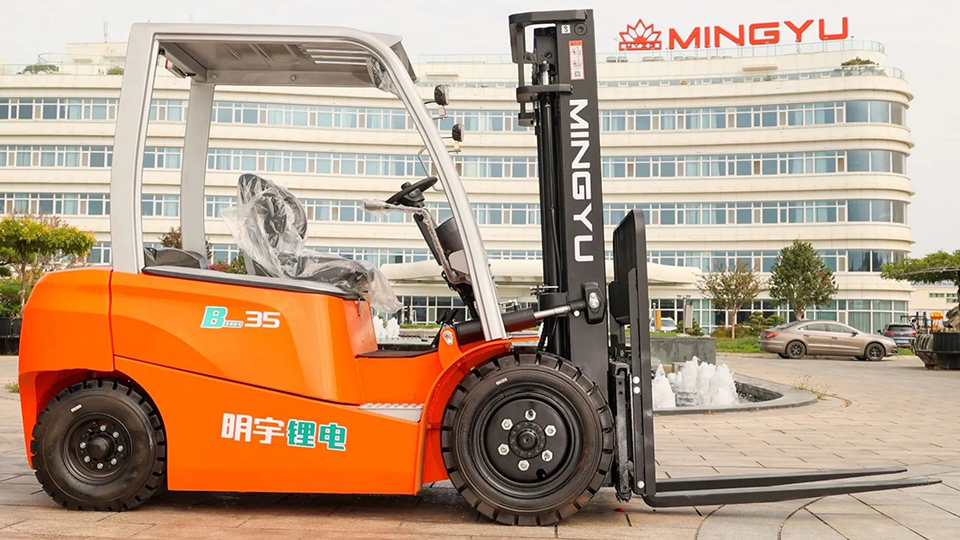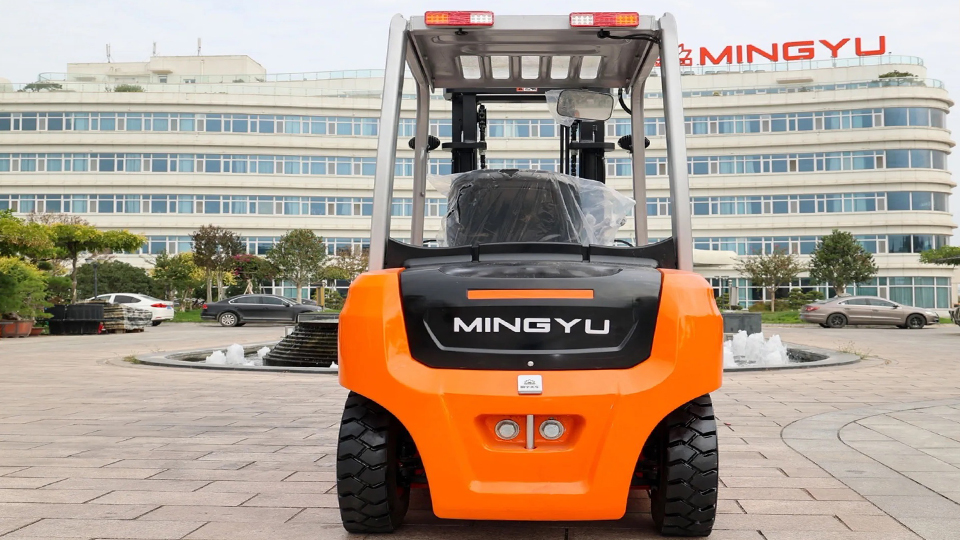
How Long Does a Fork Truck License Last? Understanding the Legal Mandate of Recertification and Competency
The term "fork truck license" typically refers to the operator certification required to legally operate a powered industrial truck (PIT) in a workplace. This is distinct from a government-issued driver’s license. The duration of this certification is not open-ended; it is governed by strict regulatory cycles designed to ensure that operators maintain a high standard of safety and competency throughout their employment.
The definitive answer is that a fork truck certification is legally valid for a maximum of three years. However, this three-year period is frequently interrupted by specific workplace incidents or changes, known as "trigger events," which immediately require retraining and re-evaluation.
This article will detail the statutory expiration period, the mandatory trigger events that shorten the certification's lifespan, and the employer's ultimate legal responsibility under the OSHA Standard 29 CFR 1910.178.
I. The Statutory Duration: The Three-Year Rule
In the United States, the Occupational Safety and Health Administration (OSHA) sets the standard for how long a certification remains valid. OSHA’s Powered Industrial Trucks standard 29 CFR 1910.178(l)(4)(iii) mandates the primary recertification requirement:
"An evaluation of each powered industrial truck operator’s performance shall be conducted at least once every three years."

This three-year interval establishes the legal maximum time an operator can go without a formal assessment. Even if an operator is highly experienced and has a perfect safety record, the employer must formally observe and evaluate their performance before the three-year anniversary of the last evaluation.
Key Point: The regulation requires a formal performance evaluation. If the operator demonstrates continued safe and competent operation, only minimal refresher training may be required. However, the evaluation itself is non-negotiable every three years. If the evaluation reveals any deficiencies, targeted refresher training is mandatory before the operator is allowed to continue operating the fork truck.
II. Trigger Events: The Early Expiration Clauses
The three-year rule is merely the maximum duration. The certification's validity is immediately revoked, and refresher training and re-evaluation are required sooner than three years, whenever a "trigger event" occurs. These events ensure that training is dynamic and addresses real-world safety issues as they arise.
1. Unsafe Operation
If an operator is observed operating the fork truck in an unsafe manner (e.g., speeding, lifting a load above recommended height, or failing to check clearance), their certification is immediately put on hold until targeted refresher training is completed.
2. Involvement in Incidents or Near-Misses
Any time the operator is involved in an accident or a near-miss incident (an event that could have caused injury or property damage), the incident indicates a failure in training, skill, or judgment. The certification is invalidated, and re-evaluation is necessary to identify and correct the cause.
3. New Equipment or Environment
The operator must be retrained and recertified whenever they are:
Assigned to a different type of truck: Forklifts are classified into seven types (e.g., electric rider, internal combustion, narrow aisle). Operating a new class requires specific training due to differences in stability, steering, and power.
Assigned to a new worksite condition: Changes like implementing a new racking system, adding ramps, or changing the floor surface can introduce new hazards, requiring an update to the operator's knowledge of the work environment.
4. Failing an Evaluation
If any evaluation (the three-year periodic one or one conducted after an incident) shows the operator is not operating the truck safely, the operator must undergo refresher training to correct the identified deficiencies before resuming operation.
III. Documentation and Legal Responsibility
The entire burden of compliance—from initial training to tracking the three-year cycle and responding to trigger events—falls squarely on the employer.
OSHA Standard 1910.178(l)(6) requires the employer to maintain a certification record for each operator. This documentation is the legal proof that the license is current and includes:
The name of the operator.
The date of the most recent evaluation (which dictates the three-year expiration).
The identity of the person(s) who conducted the training and evaluation.
Without this documented, current certification, the employer is deemed to be in non-compliance, risking substantial fines and legal liability in the event of an accident.
IV. International Context
The concept of a maximum three-year duration is standard across most industrialized nations, underscoring the universal recognition that operational skills degrade and safety knowledge needs periodic refreshing:
Canada: Provincial/Territorial regulations, aligned with the CSA B335 standard, also require re-evaluation and training every three years.

United Kingdom (UK): The Health and Safety Executive (HSE) requires refresher training "as often as is necessary," with three to five years being the widely accepted industry practice.
V. Conclusion: A Commitment to Continuous Safety
A fork truck license is best viewed not as a permanent qualification but as a time-sensitive declaration of current competency. Its duration is either three years or until a safety incident or operational change occurs, whichever comes first.
The cyclical nature of recertification is a crucial safety control mechanism designed to combat complacency in routine operation and ensure that operators' knowledge remains current with the evolving environment and equipment. For employers, managing the certification calendar and responding immediately to trigger events is a continuous, non-negotiable legal obligation.
Name: selena
Mobile:+86-13176910558
Tel:+86-0535-2090977
Whatsapp:8613181602336
Email:vip@mingyuforklift.com
Add:Xiaqiu Town, Laizhou, Yantai City, Shandong Province, China